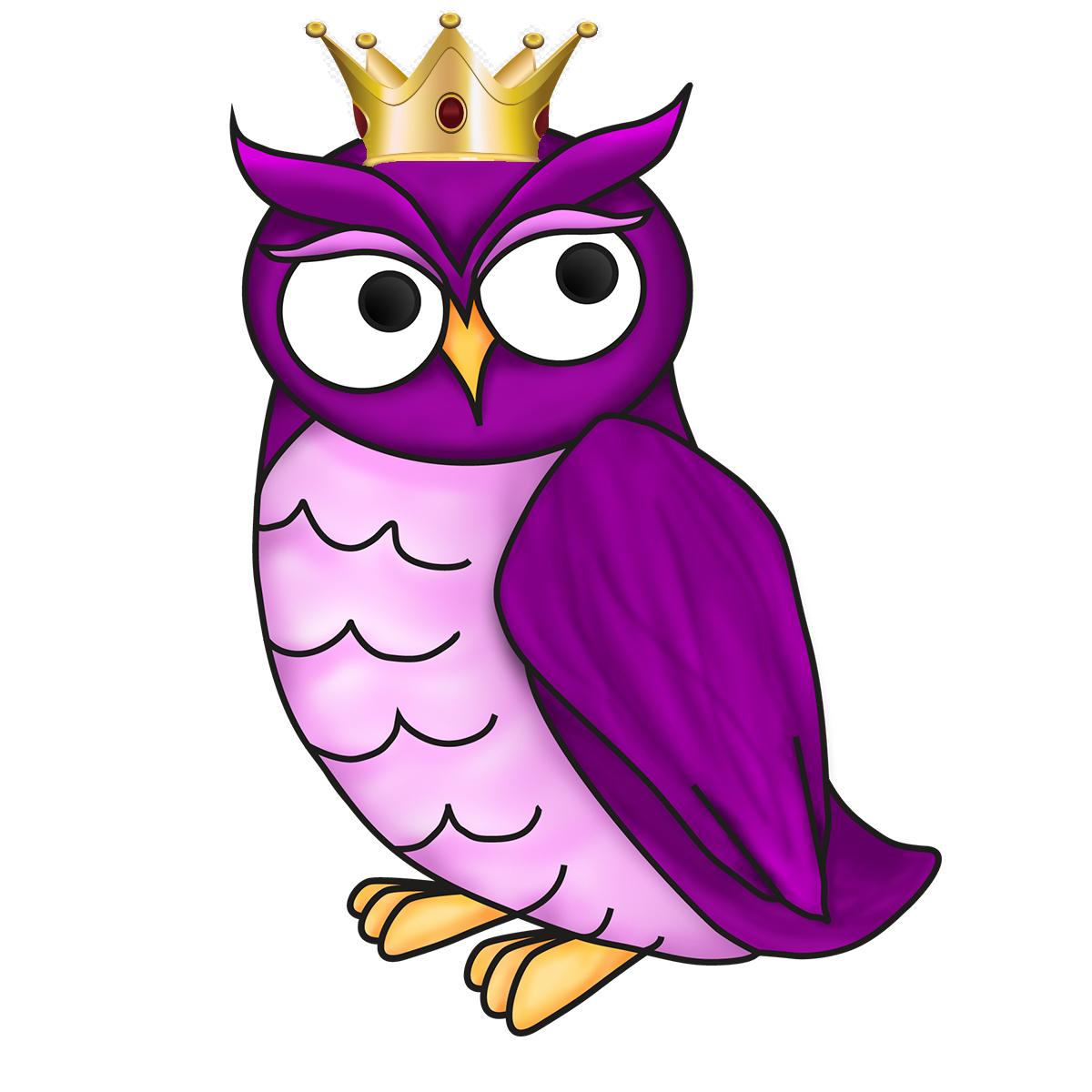
Adjectives need to be placed in a particular order. What information do you post first? If you’re a native English speaker, you can probably figure out the order without any thought. That’s because you understand English grammar—even if it’s only because you know what “sounds” right. And, if you’re a non-native English speaker, you’ve probably been schooled in the order.
Below, you’ll find a table illustrating the royal order of adjectives. Again, native English speakers follow the order—but we don’t always know WHY. Think about it. Why would we automatically write four gorgeous, long-stemmed, red, silk roses rather than four silk, long stemmed, gorgeous, red roses? What drives the order in our description? The first example leads us down a logical path; the second example doesn’t let us know which details are most important.
The Royal Order of Adjectives
| Determiner | Observation | Origin | Material | Qualifier | Noun | ||||
| Size | Shape | Age | Color | ||||||
| a | beautiful | old | Italian | touring | car | ||||
| an | expensive | antique | silver | mirror | |||||
| four | gorgeous | stemmed | red | silk | roses | ||||
| her | short | black | hair | ||||||
| our | big | old | English | sheepdog | |||||
| those | square | wooden | hat | boxes | |||||
| that | dilapidated | little | hunting | cabin | |||||
| several | giant | young | American | basketball | players | ||||
| some | delicious | Chinese | food | ||||||
Adapted from Adjectives. (n.d.) Capital Community College Foundation. Retrieved from grammar.ccc.commnet.edu
There are some rules, though. Here is the specific order for English language adjectives—intensifier, quality, size, age, color. Look at the two sentences again.
Four gorgeous provides the intensifier and quality; long-stemmed provides the size; red, provides the color; and silk provides an additional detail. Now look at the order of the adjectives in one of your own sentences and see if it makes sense to you.
